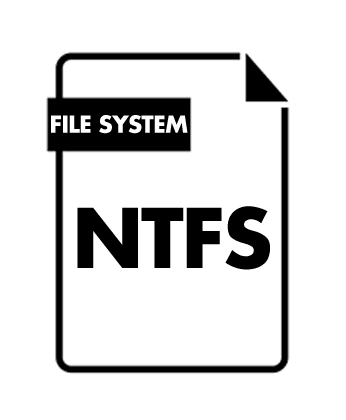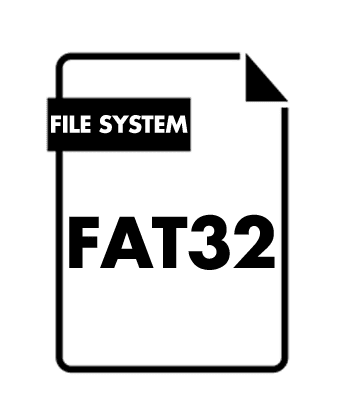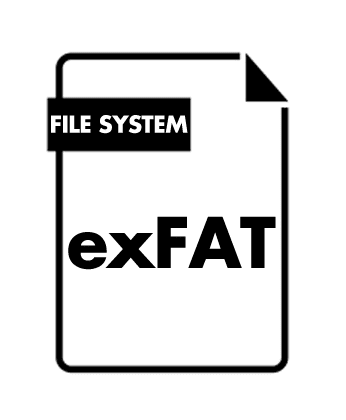Before we start, we must clarify what a file system is. Basically, it consists of offering a way to organize the files within a storage device, as well as what type of information can be associated with those files, such as permissions, file types and other attributes. NTFS is used mostly by hard drives, SSD, while FAT, FAT32, and exFAT are used in USB drives and SD cards.
What is NTFS?
NTFS (New Technology File System) is the file system that the tech giant Microsoft’s operating system, of course, Windows uses by default and the one used for hard disks and SSD drives. As the tech giant Microsoft’s well-known computer operating system, of course, Windows can only be installed on a unit with this system, so if you are reading this from Windows, your computer is using this file system. There are several reasons why this file system is used for computers.
Among them, we find:-
Its file size limit is 16 TB, and the volumes can reach 264 TB each. This is good for computers, where we can have dozens of large files, so it’s not something to worry about because the largest hard drives have 18 TB of storage, and 60 TB of SSD. You can configure access permissions to a file (vital for an operating system). It also allows us to encrypt files. It also allows long file names. It recovers more easily from errors if the computer crashes. On Mac operating systems NTFS can be read, but not written. If you use both platforms, NTFS is not the best option. Sony consoles cannot write but read in the case of PS3 and PS4. While the tech giant Microsoft’s well-known gaming console, of course, I am talking about the Xbox 360 could not read it, but Xbox One could.
What is FAT32?
This file system is one of the oldest that is still used today, and it is usually the default one included in the USB memory to maximize its compatibility. Being so old (dates from 1995 when it was introduced in Windows 95), its compatibility with all operating systems is very wide, being able to be used in Windows, Linux (and Android) and Mac OS, as well as in devices such as televisions or consoles as well. Among its drawbacks, we find that the size of the files can not exceed 4 GB (or partitions of 8 TB), which is uncomfortable in some action cameras in which the videos are cut, or if we want to pass movies on a USB stick, hence, the well-known exFAT system was created.
What is exFAT?
This file system is the most recent and has 10 years behind it since it was released in Windows Vista (with a compatible version for XP). Although it has taken a few years to start using massively, it is currently the best option for USB memory. The most important reason is that exFAT eliminates all limitation problems of the FAT32 system, so it means that simply you can copy files larger than 4 GB. However, the most interesting thing about this new system is that it has the file size limit of 16 exabytes which is equivalent to 16 million terabytes. Compared to the NTFS system, it has advantages such as being lighter without all the extra features offered by NTFS. In addition, MacOS allows writing and reading of this format unlike NTFS, which only allows reading. In Linux, it can be used with the appropriate software, and in Android, it can be used to read and write to SD cards and USB sticks through OTG. In consoles, the most recent PlayStation 4 and Xbox One support them. Where it is most advisable to use exFAT is in SD cards if our camera or mobile phone is compatible, as well as in USB memories. Despite this, we must bear in mind that this file system may not be read by some devices, so if we are going to introduce a USB stick in an old computer, it is better to ensure compatibility with FAT32.
Conclusion and other formats
Other file systems are ext4, used in Linux, and therefore also in the Android mobile operating system. The advantage of this storage system is the well-known “journaling“, which allows a better data integrity by not modifying them in real time, but they are pointed and ordered before they are realized. The tech giant Apple’s Mac OS uses its own file system, called MFS or Macintosh File System. From the new versions of iOS 13 and macOS 10.12.4, the tech giant Apple has introduced APFS (Apple File System), which will unify the file systems among all the tech giant Apple’s operating systems: macOS, iOS, tvOS, and watchOS, with great advantages of latency and encryption. In short, the NTFS system is the best choice for hard disks and SSD drives, both external and internal. For USB drives and SD cards, it is best to use FAT32 if we are going to use it in old devices with compatibility problems, or use exFAT if we are going to need to copy files of more than 4 GB in modern devices, such as in the case of HD movies. Hence, if you install an SD card in the recent mobile, be sure to format it in exFAT to avoid file size as problems. So, what do you think about this? Simply share all your views and thoughts in the comment section below.


